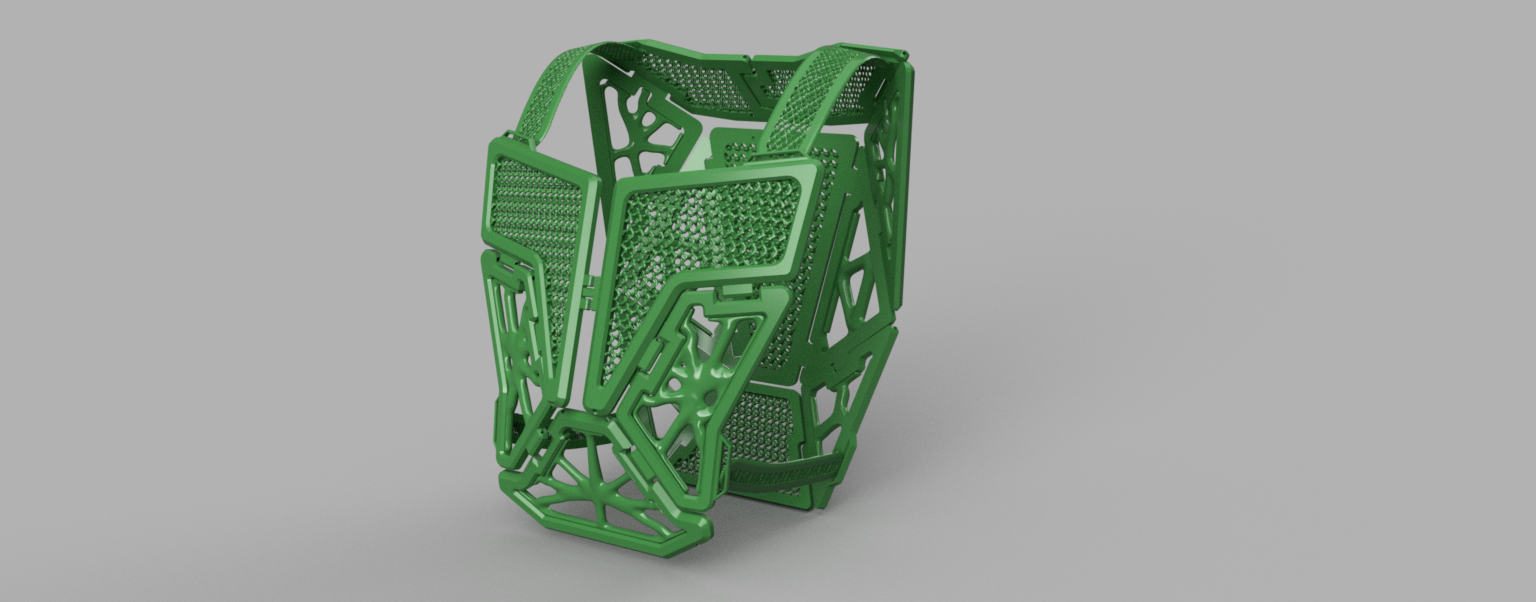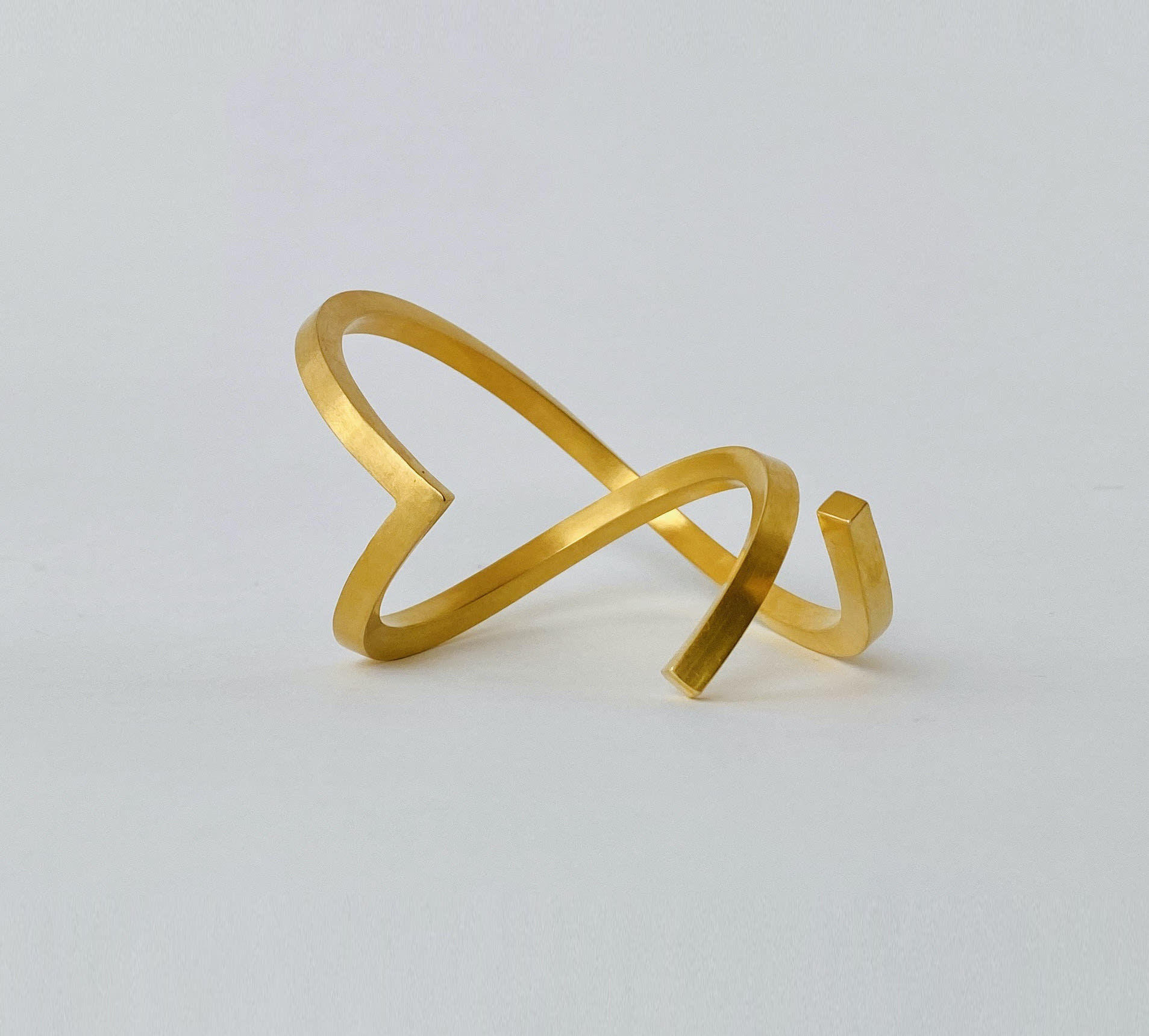Can physical objects connect with our world and what it is to be human? How do our values guide our community in designing with care for people and place, to create work that is inclusive and representative, relevant and anticipatory?
Contemplating the purpose and values of our Product, Ceramic and Industrial Design (PCID) Programme, Design Transforms ’23 at the Lethaby Gallery presents a wide-ranging collection of staff, student and alumni works that defy the familiarity of their forms and share a responsibility to create social impact.
Heritage meets technology as traditional crafts and materials are thoughtfully reimagined through new modes of jewellery, furniture and ceramics. Novel product and industrial designs anticipate changes in the personal, social and domestic, and an urgency to repair human impact on our environment - from adapting our cooking to a dramatically altered food chain, to empowering consumers to repurpose and repair the household items we buy. Sensory and living furniture that promotes wellbeing predicts how our habitats might evolve, while collaborative projects use design to interrogate the impact of borders and preserve cultural heritage, and prototype how brands can transition to low-carbon materials.
A decade on from winning the Queen’s Anniversary Prize and for London Design Festival 2023, the 100+ works on display prompt interaction with the programme’s manifesto of making, collaboration, community, creative ambition, anticipatory practice and transformation.
-
Fenomenal, Olivia Barthe
-
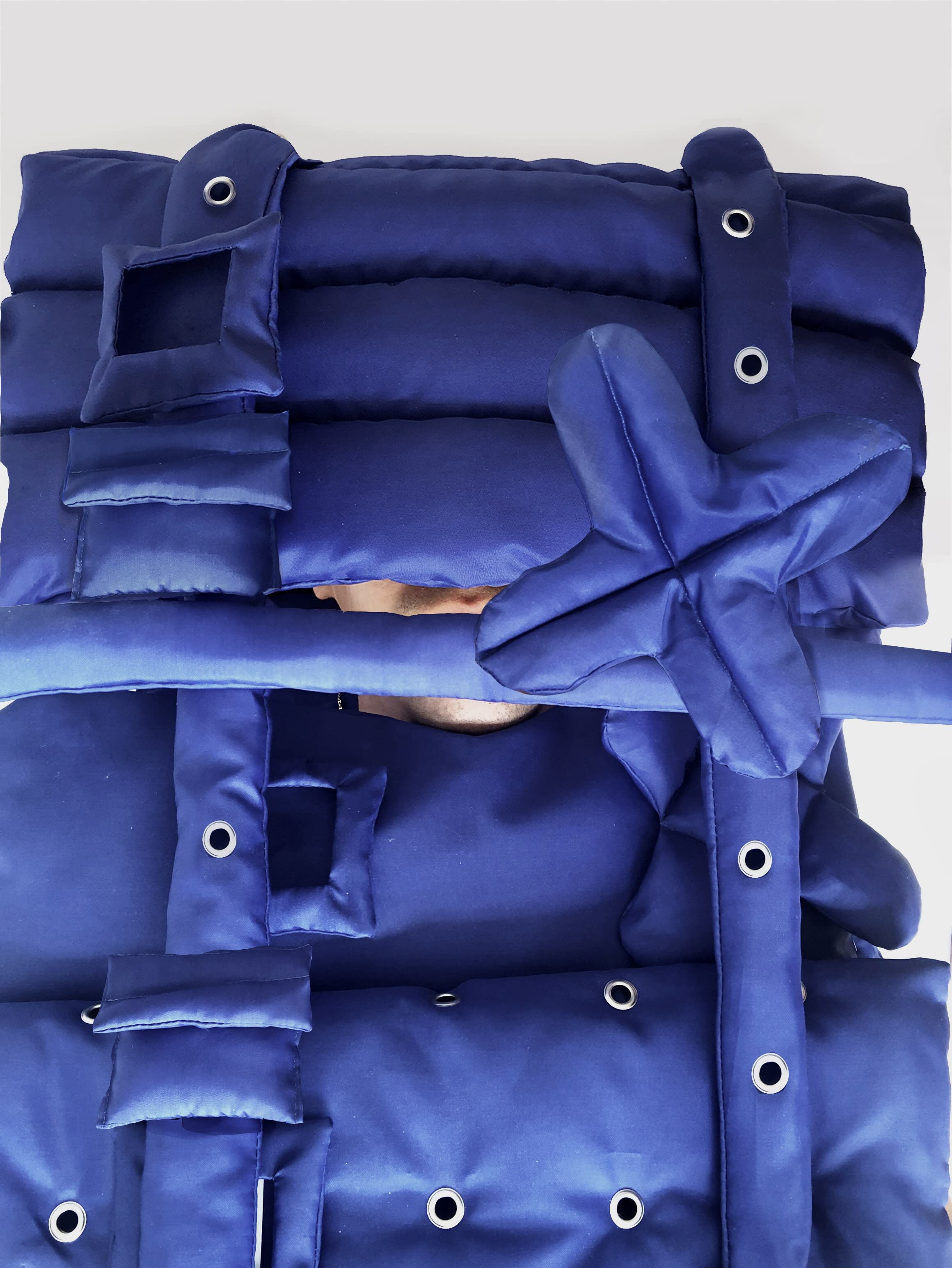
Dotto, Cesar Augusto Del Valle Rolón
-
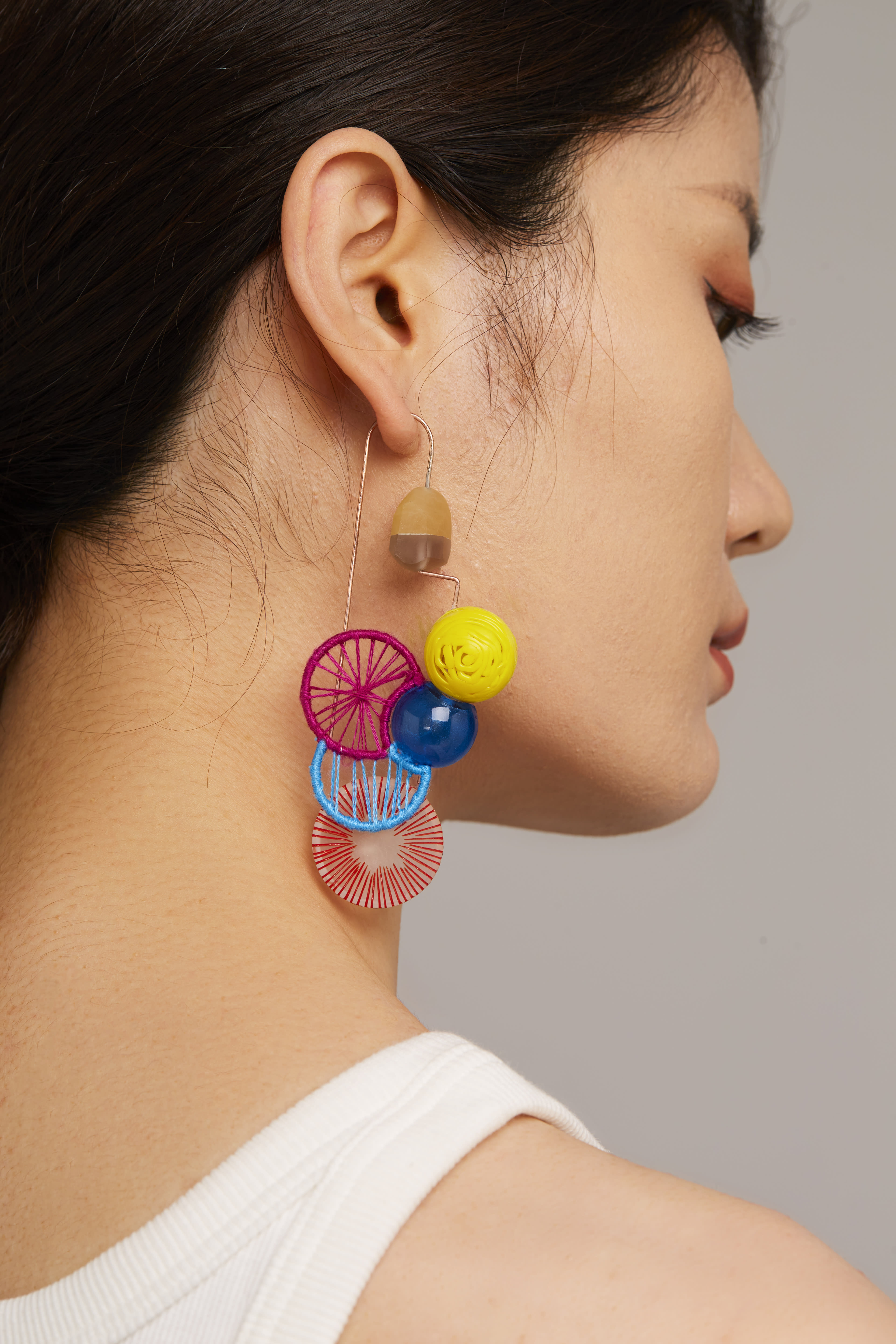
Linna Dong, Kun Galaxies and Nebula
-
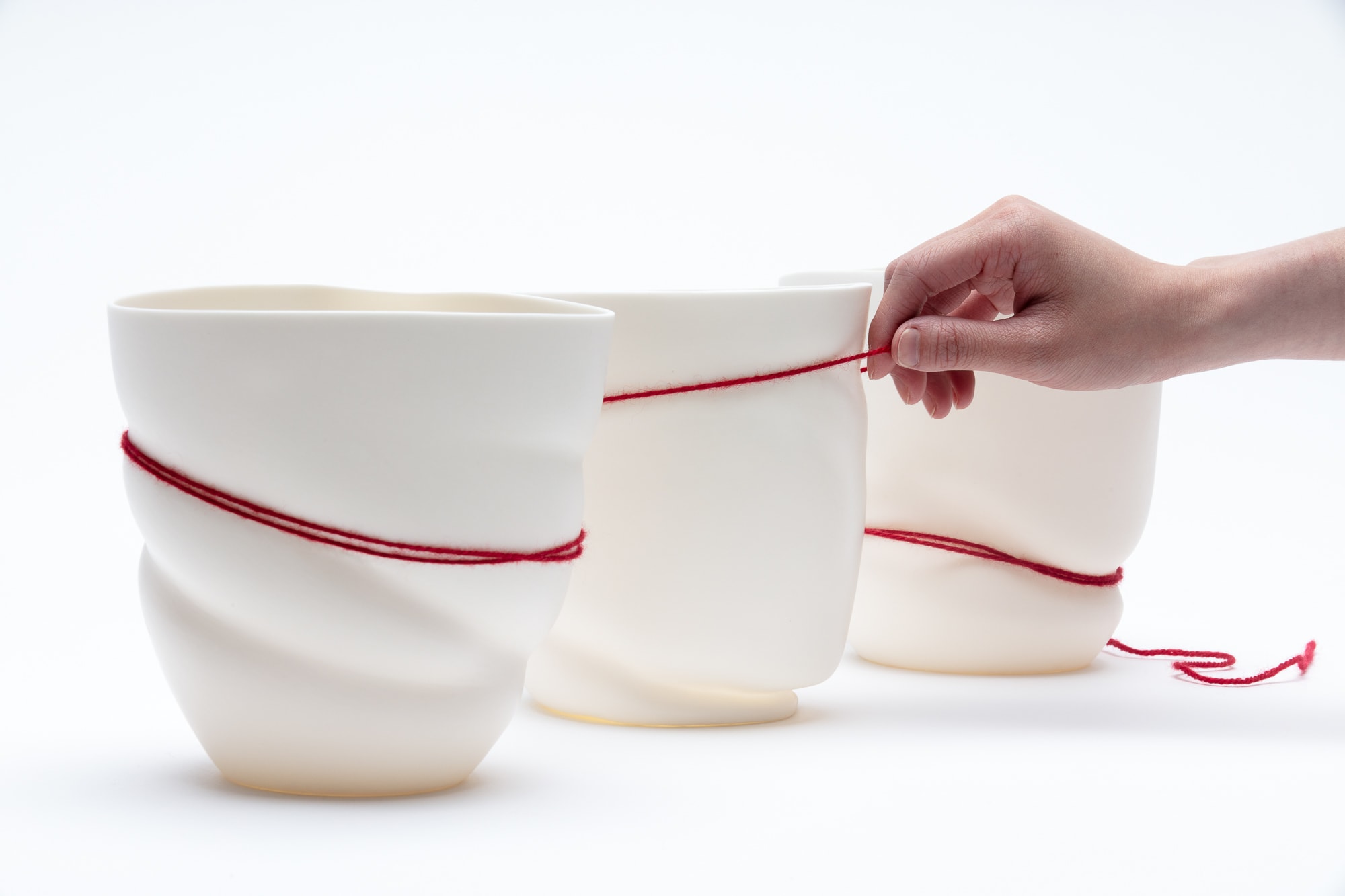
Phoebe Ho, Yarn
Design transforms borders: streaming live to the Bronx, Brooklyn and Mexico

A research visit spanning both sides of the Mexico-USA border earlier this year looked at how the PCID Programme could craft collaborative initiatives that foster dialogue, interaction, and a sense of joy and belonging for migrants in respite and transit. Seeing and bearing witness to the conditions of migrant waiting, we get an intimate understanding of the conditions driving South American, Central American and Haitian migration to North America. The project looks at the emotional, physical, environmental and financial motivations that contribute to this migration, and the role of climate change.
Visitors to the exhibition on September 20 and 21 will be invited to participate in a series of workshops exploring belonging through the relationships between clay, borders, migration, climate change and design. These events will be live-streamed to the sites of the Mutual Aid Activists in the Bronx at La Morada Restaurant, NYC, climate refugee shelters in Reynosa, Mexico and immigrants in Brooklyn, NYC.
The project is led in partnership with Carolina Rubio-MacWright of human rights organisation Touching Land, Carolina Saavedra of La Morada Restaurant, and staff members Duncan Hooson and Nina Trivedi.
Bridging academic inquiry and practical action, the project is a channel for meaningful engagement with migrant experiences. It’s a continuation of PCID’s first Design Transforms Borders project, May 2022 at Industry City, Brooklyn, exploring the significance of borders, both physical and emotional. The communities of Brooklyn’s Sunset Park joined live studios of ceramic making, dinners and debates promoting access, learning and social justice. This project won a UAL Staff Award for Public and Community Engagement.
Prototyping a fossil-free future
The exhibition includes work and projects produced in collaboration with a wide range of commercial, social and cultural partners. A key part of the exhibition is a student project with Finnish bioeconomy company UPM to radically reimagine a range of everyday consumer objects such as footwear, furniture and camping equipment in fossil-free form, using UPM biochemicals created from sustainably sourced hardwood, which can go into multiple applications, including plastics, fashion and automotive.
The UPM team briefed students to build on a set of new renewable materials and design every-day products which are embracing the trio of reduced material use, introduction of new, more sustainable materials and supporting recyclability.
Fifty BA Product and Industrial Design students tackled this brief and came up with concepts and designs with the potential to inspire brands and designers to exit fossil-based materials. Read on to hear from students Charlie French, Ella McLaggan, Mantas Mauricas and Edward Wilken.
Controlled Commodity 23, by Charlie French
“Influenced by the material scarcity of World War II and driven by a mission to combat greenwashing in the bioplastics industry, Controlled Commodity 23 (CC23) presents a collection of essential furniture marked with a rationing stamp, designed to authenticate sustainability credentials. The designs pay homage to 1940s rationed utility furniture that was part of the government's 'Make Do or Mend' scheme, aimed at curbing the consumption of virgin materials. CC23 sets rigorous standards to validate the authenticity of sustainability claims, promoting informed consumer choices and a culture of responsible plastic production. Working with UPM Biochemicals, CC23 is a re-evaluation of the application of their bioplastic products, encouraging meaningful discussions and potential improvements.”

Can you explain the inspiration behind your design concept and how it aligns with the themes of sustainable materials and circularity?
The war was a time that people valued the belongings they already owned, they were made to adopt a ‘make do or mend’ attitude, repairing and reusing the material they already had. The war caused a forced shift in consumption, the same shift that is needed now in order for us to lead more sustainable lifestyles.
The stamp is designed to be used on products made from materials that are marketed as sustainable. I want the stamp to better inform consumers about what products are sustainable, in a similar way to the approval of furniture designs in the war. A large portion of the concept is also about accountability. It’s important that both users and manufacturers realise the impact materials have on our planet and own the consequences. The traceability aspect of the concept aims to make not only the user more circular but encourage manufacturers to build circular systems for a product’s end of life.
What challenges did you face in creating a design that addresses issues related to fossil-based plastics, and how did you overcome them?
Plastic has always been a material I have wanted to avoid as a designer so this project was initially quite challenging for me. The consequences the material has on the planet have always far outweighed the reasons for me using it in my practice. Bio-based materials are half the solution to this. It’s great to be able to use plastic knowing you’re using a lower carbon alternative but it’s just as important to consider the way the material is being used. This is why I decided to do a project critiquing our plastic habits. It’s a challenge to create a concept that is not only sustainable in itself, but also encourages others to lead a more sustainable lifestyle and reduce consumption.
Greenwashing is also a key theme to my project and it’s something I believe we should all be more aware of. I want the stamp to act as an accompaniment to the material choice, assuring the consumer that the design of the product matches the sustainable credentials of the material.
Modular Shoe, by Ella McLaggan
“This innovative modular shoe is crafted entirely from UPM Bioplastic, championing the characteristics of fossil fuel alternative plastics. It has been thoughtfully designed to address the prevailing issue of shoe waste by prioritising reparability. The shoe features no permanent fixings and instead a single thread is hand-stitched around it to hold the components securely in place. Easily detachable components are fashioned out of single materials, meaning each part can be easily recycled at the end of its life. User-friendly design allows effortless repairs without the need for any specialised equipment, with straightforward instructions included to guide users in self-repair. Influencing a sustainable future shoe design, Modular Shoe also encourages careful consumption practices.”
-
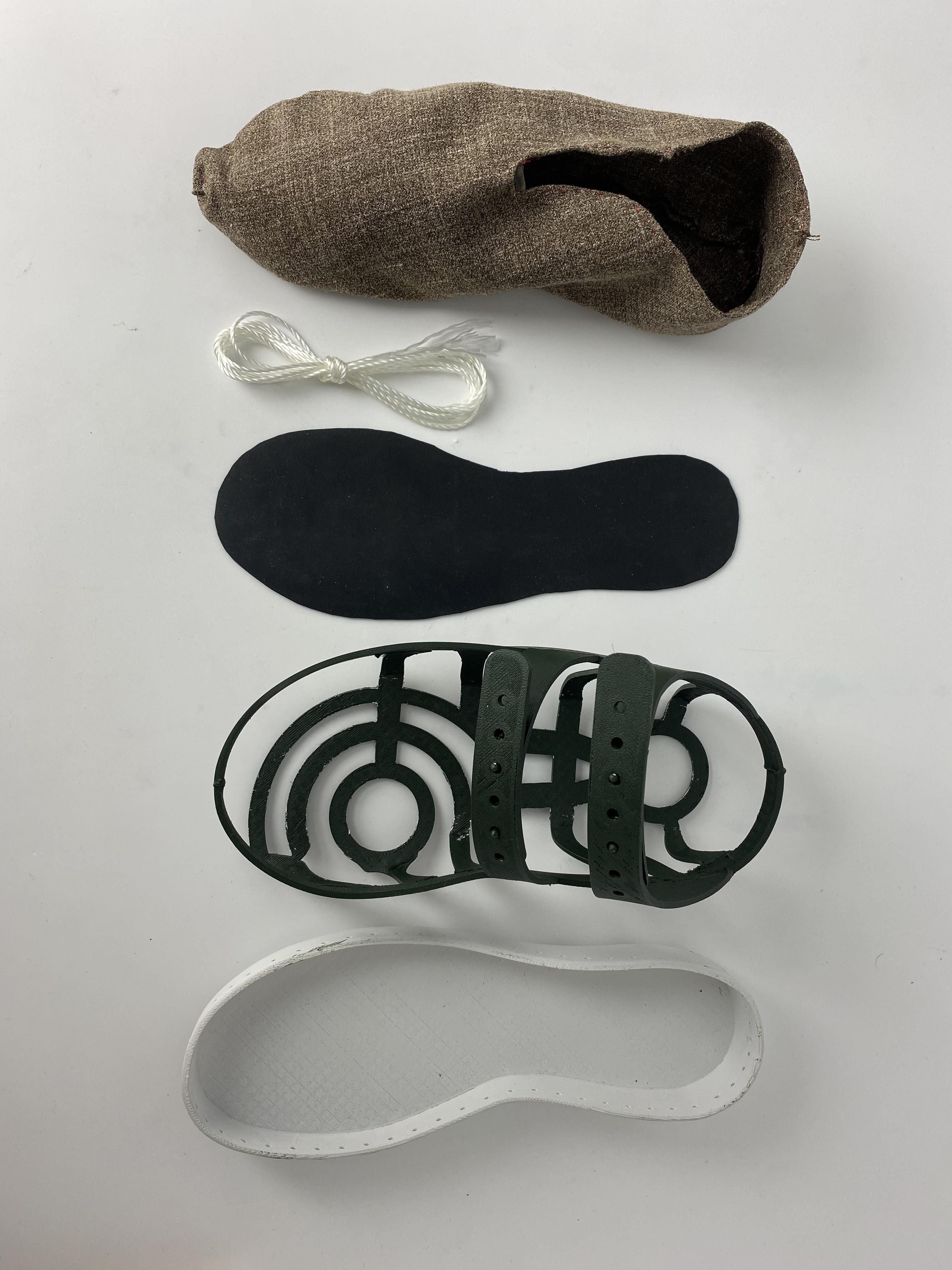
Ella McClaggan, Modular Shoe
-
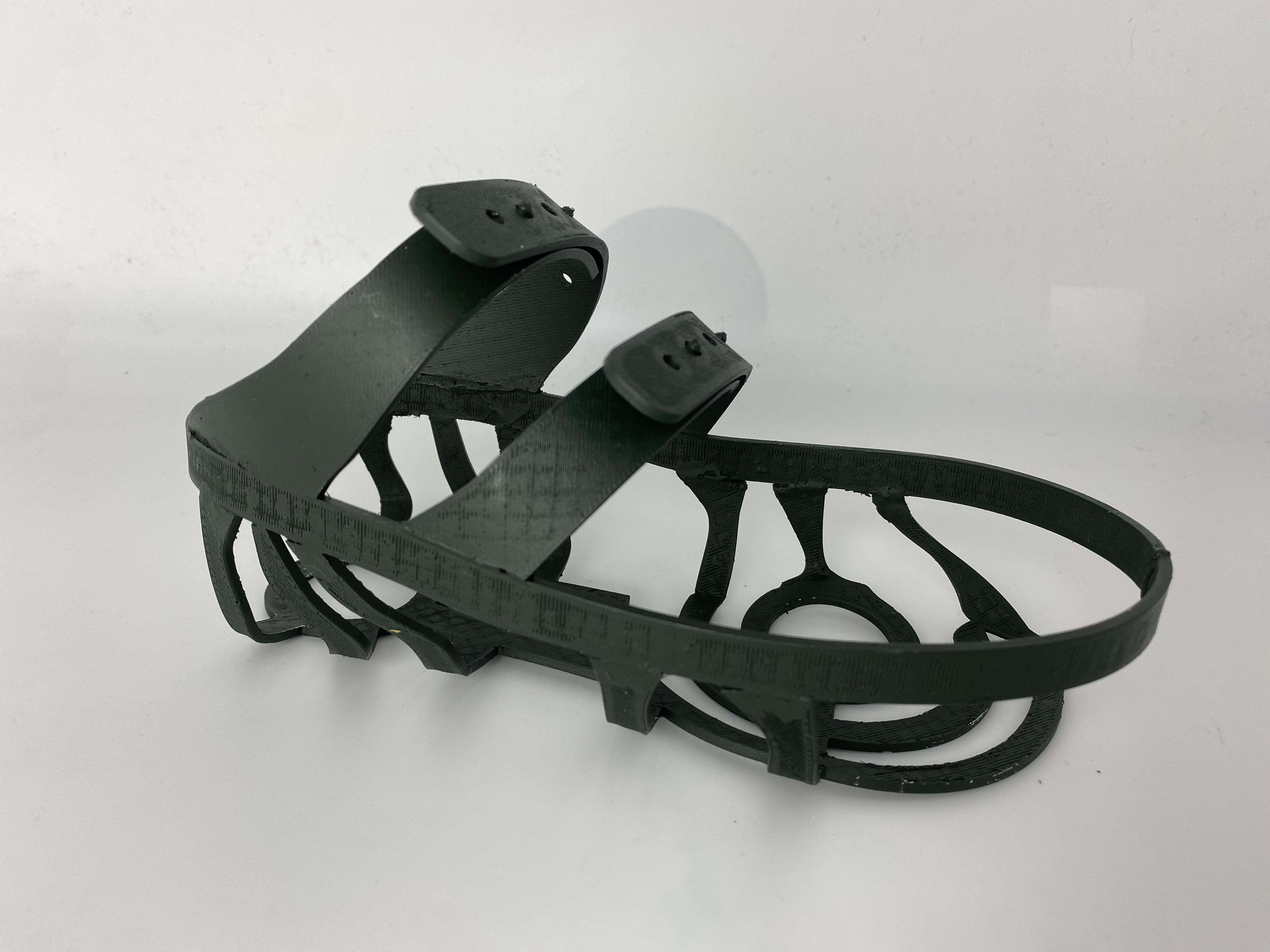
Can you explain the inspiration behind your design concept and how it aligns with the themes of sustainable materials and circularity?
I was researching the Air Force 1 which is the most popular trainer around the world which has hundreds of iterations made and sold worldwide. This shoe inspired me to create a shoe that can keep up with the trend of changing shoe designs but without the need to buy multiple of the same shoes in different colours and patterns, instead just changing parts of one shoe.
In what ways do you think your design contributes to shifting industries towards more sustainable practices, and how do you see it inspiring others to follow suit?
My product is designed to be 100% modular, and to demonstrate to the wider industry that similar products can function at the same quality even when modular. My product aims to demonstrate the importance of thinking of the end of life of shoes and where they end up and what can be done to prevent the shoe waste produced. My product aims to also demonstrate that modular shoes do not have to mean simple boring designs. I want to show demonstrate the possibilities of creating modular shoes that can also be a fashion item and draw in audiences who buy shoes for fashion as well as those who are more environmentally conscious about the products they own.
PRIMA, by Mantas Mauricas
“On your next camping trip, experience the Primitive Adventure Guide Kit (PRIMA), an outdoor journey that immerses you in the unique and primitive art of survival. With 8 historically accurate survival techniques rooted in ancient wisdom, you need to use nature's resources to their fullest potential. PRIMA invites you to reconnect with the essence of camping, embracing a minimalist lifestyle and immersing yourself in nature's embrace. At its heart, the project showcases a new, weather-resistant bioplastic by UPM. Highlighting nature as both the provider of raw materials for the bioplastic and the inspiration for crafting tools from natural resources, PRIMA celebrates the profound synergy between humanity and the environment.”
-

PRIMA, Mantas Mauricas
-

PRIMA, Mantas Mauricas
Can you explain the inspiration behind your design concept and how it aligns with the themes of sustainable materials and circularity?
Given that the new bio-plastic is created from natural materials, it seemed appropriate to return it to nature, specifically in camping settings. Outdoor living has been a part of human life from the start, and I saw a chance to demonstrate how, by using materials thoughtfully and under proper guidance, we can enjoy reconnecting with nature and its primal ways today. This allows us to showcase the new bio-plastic's compatibility with our environment instead of conflicting with it, deepening our understanding of how the world can provide for us.
What challenges did you face in creating a design that addresses issues related to fossil-based plastics, and how did you overcome them?
The camping industry is overflowing with plastics made from fossil fuels because many companies use the cheap material but also, because people prefer to take their modern comforts with them into the wilderness instead of fully embracing outdoor living. My main hurdle was figuring out effective ways to help companies and people grasp the value of living outdoors and recognising how nature can support us. The bioplastic components were instrumental in achieving this goal, as they allow me to teach how nature, both in its natural state and in the form of well engineered bioplastic, can be resourceful, enjoyable, and impactful.
In what ways do you think your design contributes to shifting industries towards more sustainable practices, and how do you see it inspiring others to follow suit?
My design showcases the viability of natural plastic alternatives by seamlessly integrating them into current manufacturing processes. This not only underscores their potential to replace conventional plastics derived from fossil fuels but also emphasizes their compatibility with existing production methods. By presenting plastics as a positive and sustainable choice, my design encourages businesses to embrace these bio-based alternatives, fostering a shift towards more eco-friendly practices. This approach not only benefits the environment but also positions companies as responsible and forward-thinking contributors to a greener future.
Boarderline, by Edward Wilken
“A versatile and personally focused response to snowboarders' diverse and developing riding styles, Boarderline enhances the user's experience by increasing the performance capabilities and longevity of snowboard bindings. The infill density, pattern and composition are all adaptable so riders can decide between their bindings' flexibility and the specific areas in which the highback and footbed will perform to the highest standard. A modular and interchangeable component system makes the most of the unique material capabilities of plastic. Produced within a closed loop biological system, the products can constantly evolve, enhancing the user's experience.”

Can you explain the inspiration behind your design concept and how it aligns with the themes of sustainable materials and circularity?
My design response aimed to approach plastic as a material which would benefit both the environment and consumer in the most versatile yet appropriate ways possible. Plastic is a material which is commonly perceived to be negative but when applied to the scenario of snowboard bindings, it is the materials uniquely adjustable compositions, structures, infill patterns and densities which not only allow for the product to fulfil the requirements of specific users and their personal riding styles.
My product and system celebrates plastic’s unique material capabilities to provide variable riding experiences with a modular and interchangeable component based system. Bindings lasting an average of 50-100 days, the lack of aftermarket upgradability, general wear and tear and compatibility with multiple boards and boots as well as the level of versatility that must be required for riding styles and changing preference can all be resolved by UPM’s material. This overcomes the large array of issues that exist within the usage of non bio based plastics, and bindings as an existing product, which often have extremely limited lifetimes before obsolescence.
Were there any lessons or insights you gained from this collaboration that you think could guide your future work, or other designers?
Designing with reference to biomimicry in this collaborative project was something I had not previously investigated. Using natural patterns which relate to the consumer profile and the associated functionality and performance was one of the aspects which allowed me to map and design the free ride, freestyle and all my mountain binding variants. Staying close to nature and structure of organic materials will be something I remain to apply in my practice, particularly in the initial ideation and testing stages of my process. It is with this use of a bioplastic that I found a deeply intertwined design solution between the plastic and the natural environment from which it was sourced. I believe that this embrace of plastics qualities was one of the strongest decisions within the project.
More on Design Transforms
Design Transforms is a platform for an ongoing programme of activities, events, and exhibitions that explore the profound effects of design as a process of transformation.
Initiated by Programme Director Nick Rhodes in 2019, activity includes this exhibition, an ongoing open lecture series with guests from the industry and dedicated strands exploring borders and matters of care.
-
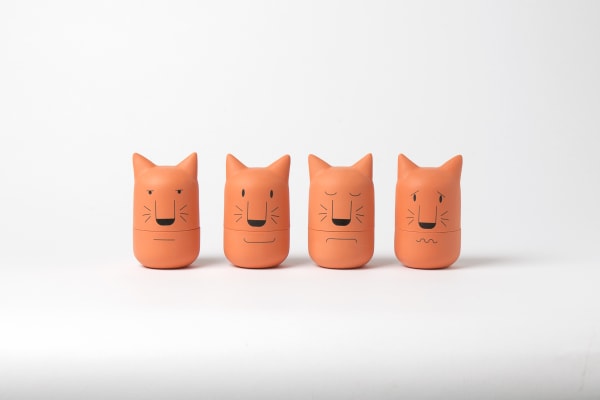
Elena Gomez de Valcarcel - Familia, Elena Gomez de Valcarcel, Familia
